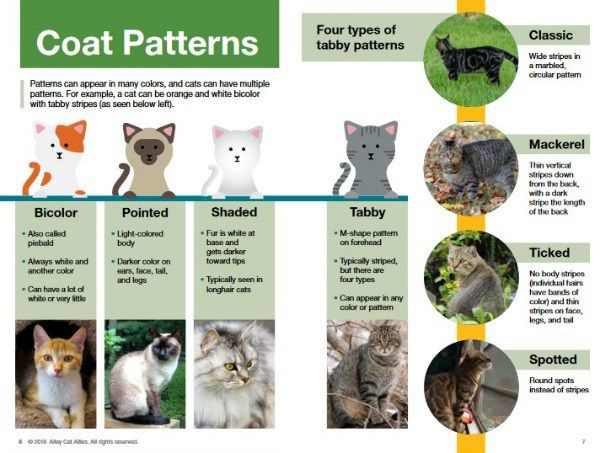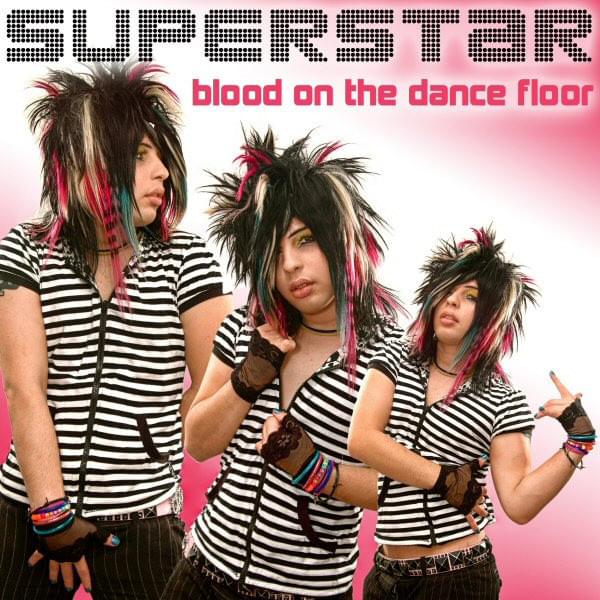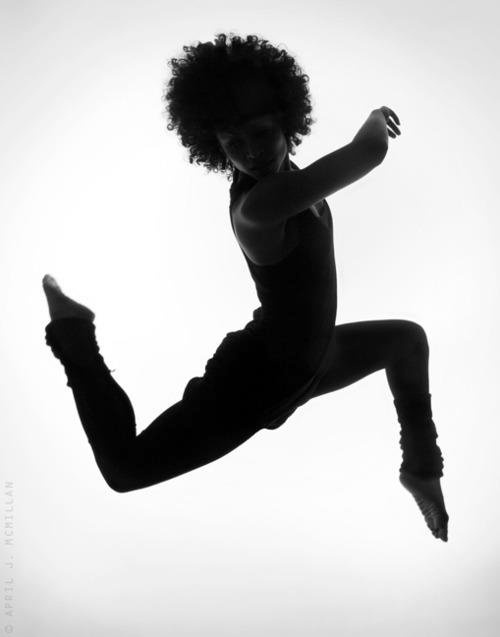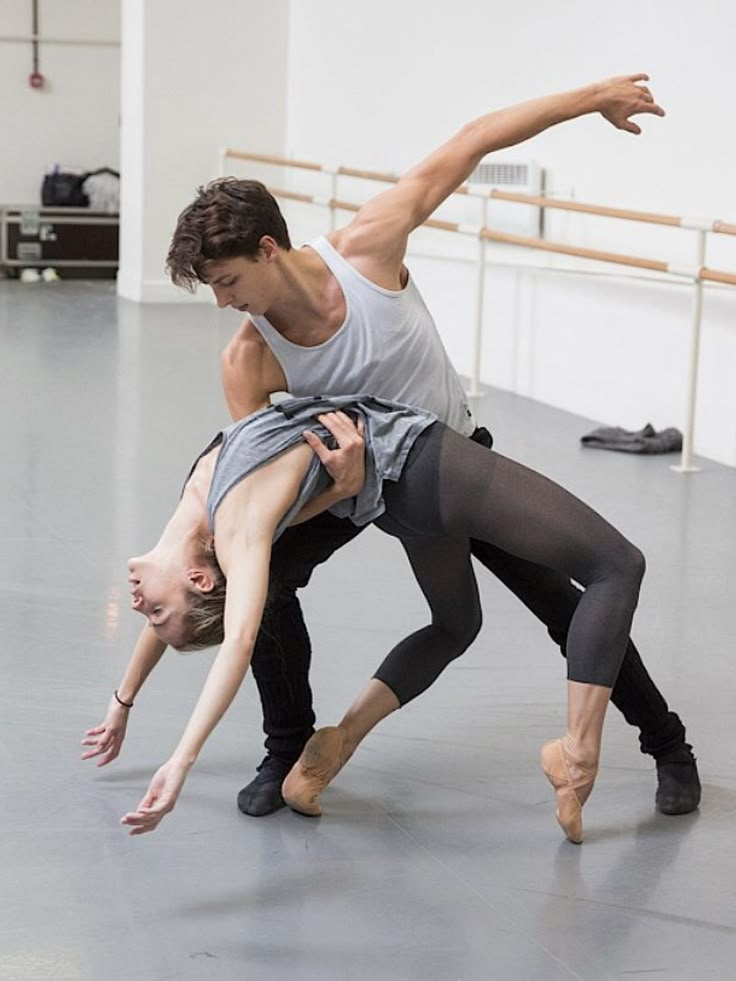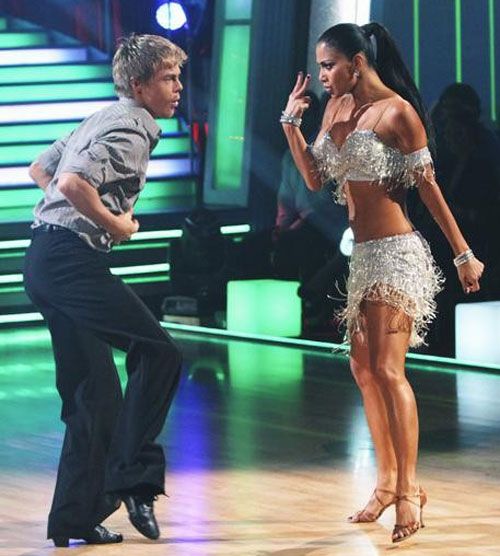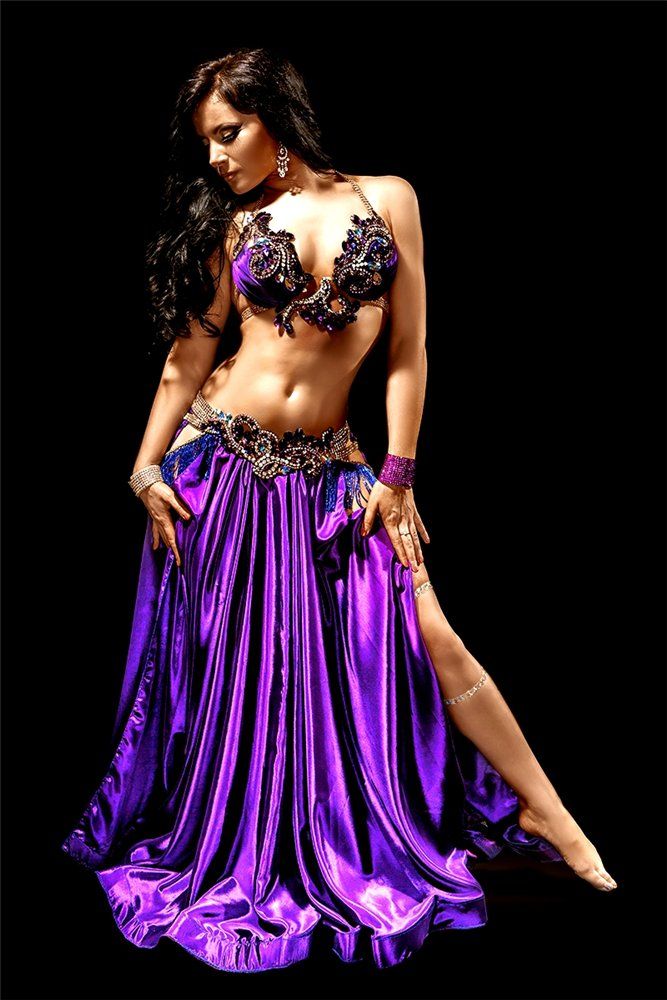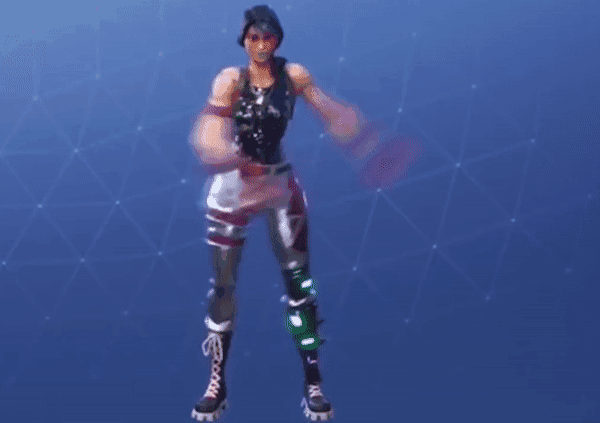How to square dance for kids
How To Square Dance? 5 Tips to Make You a Better Square Dancer
Previous | Next
What is Square Dance?
Square dance is a traditional dance that has been part of American social life for centuries. It is documented to have originated in England in the late 16th century. Although originating in England, square dance was also very popular in France and other European countries like Italy and Germany. When Europeans from these countries settled in other countries, they took the dance with them. It was then adopted in those cultures with some minor differences. It was through these settlers that square dance was introduced to North America.
Now square danceis most popular in Germany, the United States of America, Canada, and Australia. Each of these countries has a slight variation in the dance. Square dance has also been designated as the official state dance in 19 U.S. states and is demonstrated in many festivals and family gatherings.
The dance, as mentioned earlier, varies slightly in each of the different countries. The difference is not always significant, but it still exists. In most American forms of square dance, the dancers are prompted or cued through a sequence of steps (square dance choreography) by acaller and dance to the beat (and, in some traditions, the phrasing) of music. In some forms of traditional square dancing, the caller may be one of the dancers or musicians, but in a modern western square dance, the caller is on stage, giving full attention to directing the dancers.
How to Square Dance
Learning to square dance is an excellent way to get some exercise and learn a fun style of movement and socialize at the same time. It may not be the easiest form of dancing, but it is very entertaining to both perform and spectate.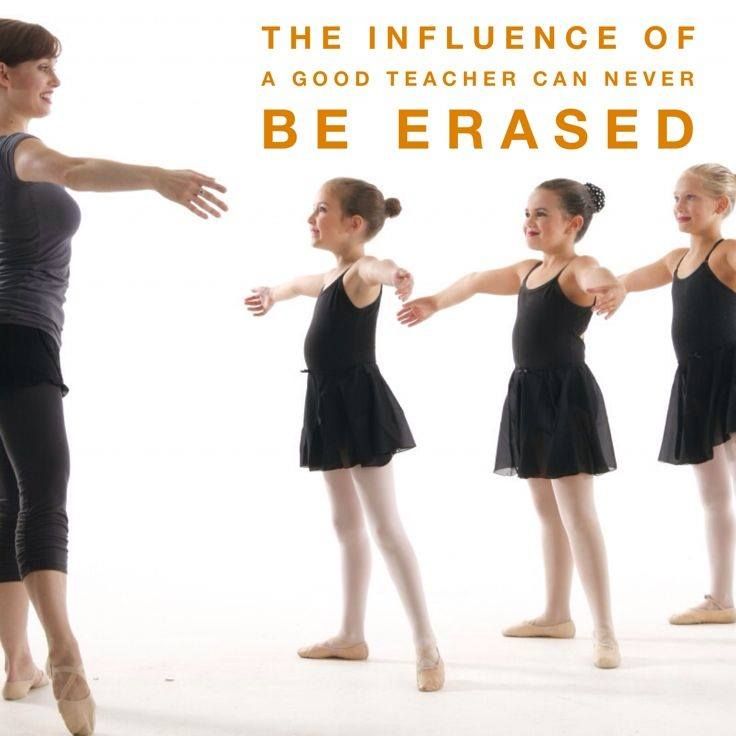
Square Dance Basics
Square dancing typically comprises four couples or eight people. Each couple is made to stand on a different side to form a square. Each dancer faces the center of the square and there is usually a male/female combination for each couple.
The female is usually placed on the left side of her male counterpart and is usually called his “corner”. Similarly, the man on the woman’s right is, in turn, her corner. The couples are then numbered to make sure that every couple follows a proper move. After the numbering, the couples move counterclockwise through the square. The dance only starts with the couple formation, but as the participants move through the dance, the partners are exchanged and original partners can mean nothing. The couple might start out together but during the dance, the man and woman both will get to dance with other people as the dance requires interchanging with the other couples.
|
|
| |
| Dresses | Blouses | Skirts |
Tips for the Beginner Square Dancer
- Listen - Learn to be a good listener.
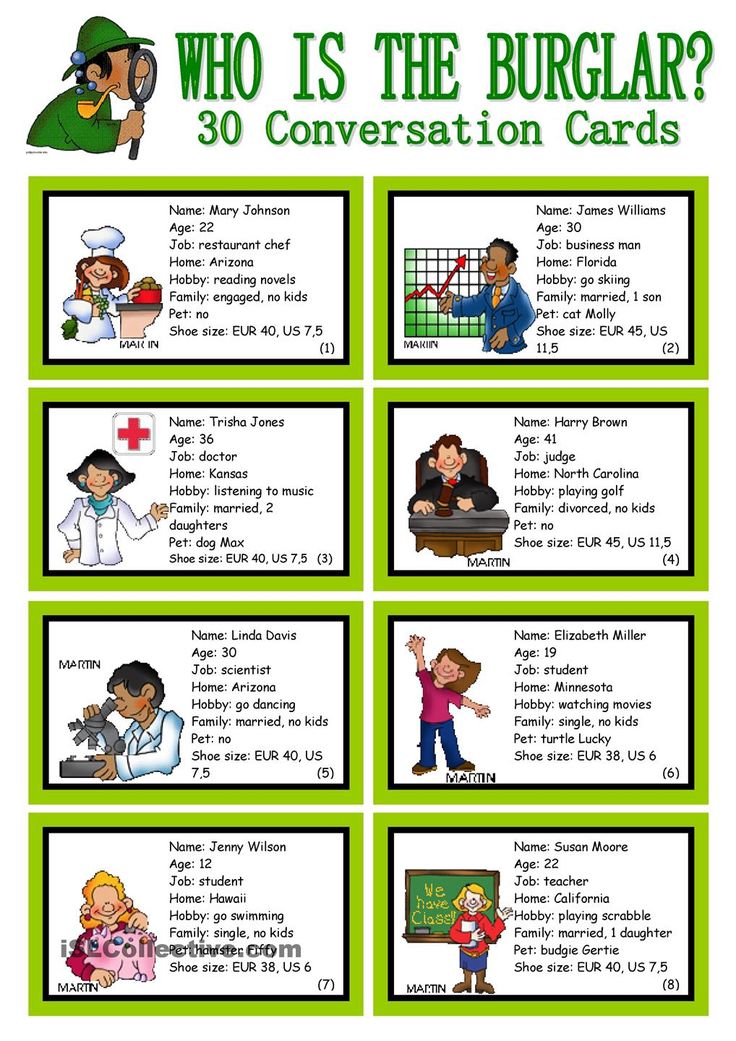
- Know where you are in a formation - center, end, trailer or leader, always be mindful of the formation so you’ll know what part of the next call to execute.
- Learn the definitions - learn the meaning of the calls.
- Hand grips are preferred over arm grips - in set-ups where dancers are facing- thumbs and fingers together. Thumbs should not be linked like shaking hands.
- Trust the caller - A call set -up may not feel right and you think you are in the wrong position just be patient the caller will guide you (3).
Square Dance “Calling”
In square dance, the caller calls out the instructions to the dancers. When the caller calls out, participants have to dance the steps that are being called. This makes every square dance different and exciting! Calls might also contain a modifier describing how many times the call is to be performed, such as “promenade ½”. (1).
Basic Square Dance Steps
HandHold
This dance step is when a hand from one dancer comes together with the hand of another dancer.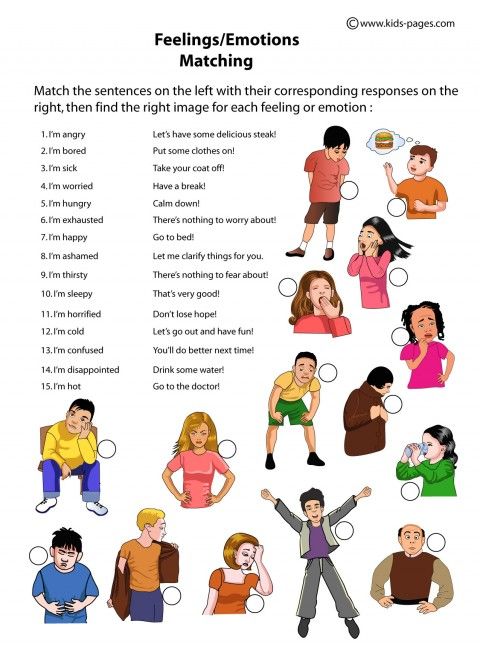 This can happen between the original couple or during the interchange. When this grasp is broken, the handhold is over (2).
This can happen between the original couple or during the interchange. When this grasp is broken, the handhold is over (2).
Allemande Left
This is when corners face each other and hold left hands. While holding the hands, the couples walk around each other and return to their own original position. There is also an Allemande Right, which is the same movement in reverse (2).
Ladies Chain
This is a step that involves only the ladies partaking in the dance. When called out by the caller, all the ladies single out and walk toward each other and hold right hands. They pass through, drop hands, and give left hands to each other’s partners (2).
Balance
As the name suggests, this move is going to definitely test out your balancing game. Partners hold right hands, hop on their left foot, cross over the right, hop on the right foot, and then cross the left. This movement is like an upbeat jazz dance’s Grapevine step. This step is often repeated several times and is a very joyful move because of the tip tap sounds which is produced because of the hopping.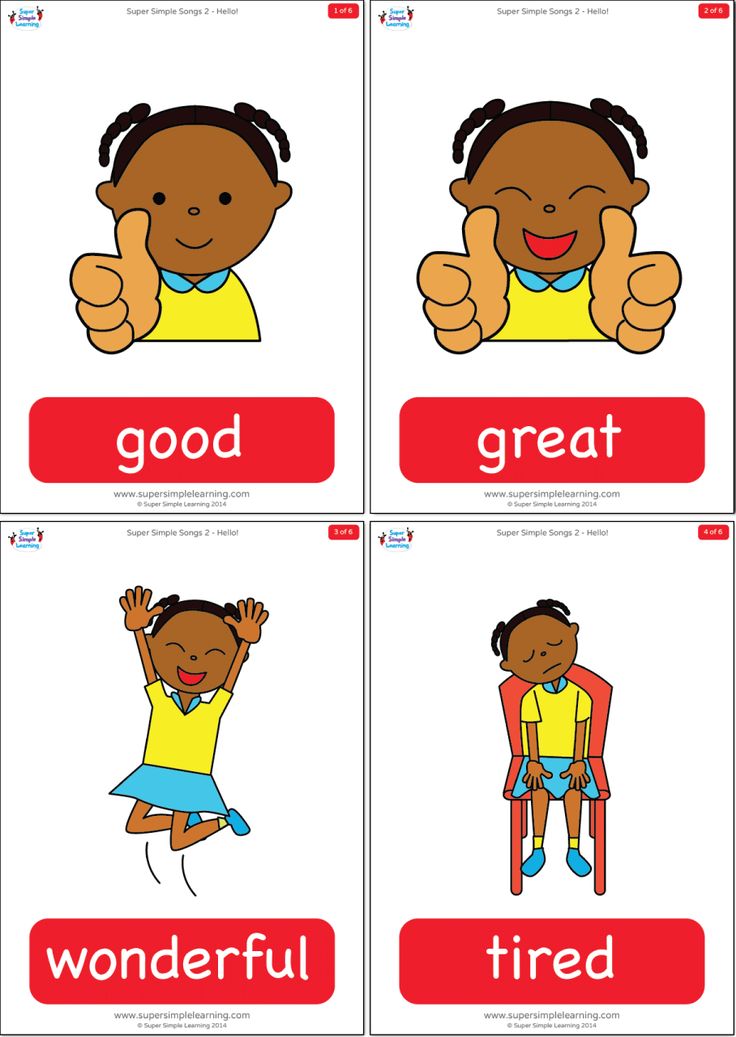 Not to mention the fact that it looks lovely to those viewing it if done in proper synchronization (2).
Not to mention the fact that it looks lovely to those viewing it if done in proper synchronization (2).
Opposite
This is when a dancer joins together with that dancer who is facing directly opposite to them (2).
Set
In this move, two lines of dancers facing each other each of 6 to 8 people, customarily with females in one line, males in the other. This is why the dance usually requires six to eight couples to perform it together. There is no way a dance like this can be performed by a single person alone. Its beauty lies in the synchronization of several people dancing together (2).
Promenade
Partners cross hands and walk counterclockwise back to their original positioning (2).
5 Tips to Make You a Better Square Dancer
- Keep both feet on the floor- Remember toe should slide on the floor first. When you walk your one foot is off the floor for a time and you can be off-balance easily. Use the shuffle step with both feet to glide along the floor to remain perfectly balanced.
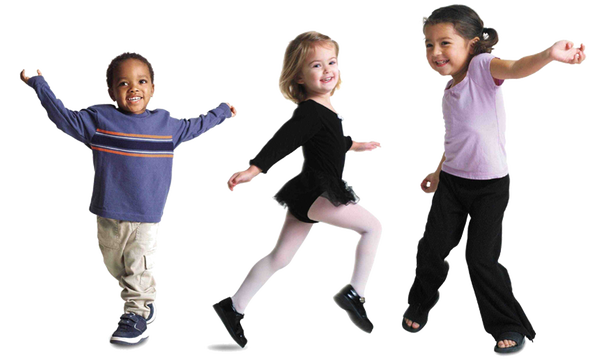
- Keep you weight forward - Stay on your toes. Make your movements smooth to be a polished dancer.
- Stand tall and move lightly - Let the moving carry you along, don’t trudge.
- Take Smaller steps - Especially in men, make your steps smaller as it is easier to shuffle and maintain a balance that way. Don’t rush; the caller has to be ahead of you, so dance smoothly.
- Listen and dance to the music- The square is the framework for you to move. Take one gliding step on each downbeat of the music.
Conclusion
The square dance represents a celebration and is often seen at special occasions, family gatherings, or carnivals. Keeping the tradition alive and cherishing the heritage is the responsibility of the new, young generation.
The dance is more than a predefined set of steps that is required to be followed rigorously. Square dance brings a sense of community and inclusiveness as it lets anyone and everyone take part and enjoy it. Dancing with random people can enhance your confidence in interacting with people and also enhances community connection.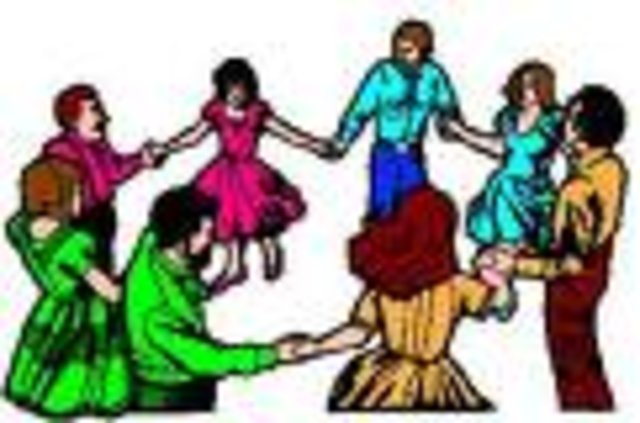 So get out there and get dancing!
So get out there and get dancing!
Sources:
- https://acme-corp.com/teamGuest/R/2_426/sd101/Square%20Dancing%20101.htm
- https://dance.lovetoknow.com/Square_Dance_Steps
- http://www.azsquaredance.com/documents/GCSDA%20HAND%20BOOKLET.pdf
Basics: How to Teach Square Dancing
Traditional and modern western square dancing have a universal appeal which encompasses all ages and levels of ability and social commitment. Teaching square dance to young children, teenagers, adults, senior citizens, and even some handicapped groups continually draws unique interest and social interplay to this great activity. One thing that is attractive about all dancing is it gives insecure persons an opportunity to shed their inhibitions and the opportunity to derive enormous satisfaction from interacting with others in a friendly setting.
Every local square dance caller has their own way of calling a dance and just about every caller will add short rhythmic lines to add excitement to a square dance.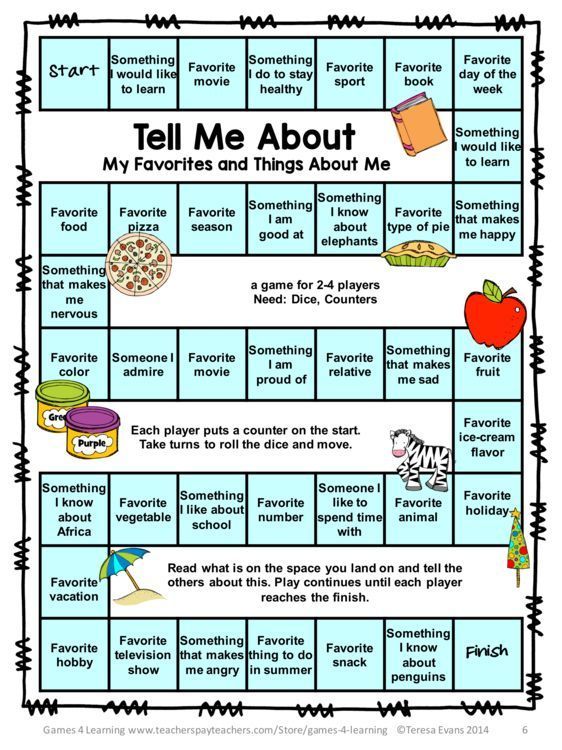 The dancers’ challenge is to listen for the dancing directions within the patter and then the entire square will act as a team and execute the square dance calls.
The dancers’ challenge is to listen for the dancing directions within the patter and then the entire square will act as a team and execute the square dance calls.
Following is a short outline for teaching the most basic set-up of the “squared set.” This is taught the first few minutes of any square dance party or any beginner class. It is imperative that all directions be simple in description and extremely clear so as not to confuse anyone learning for the first time.
Both modern style and traditional square dance follow these fundamental teaching instructions:
- The basic setup for square dance is the “squared set” which is comprised of four couples, making a total of eight dancers, who stand within the formation of a ten foot by ten foot square, each couple taking a side, or position facing inward, toward the center, to create a square shaped figure on the floor. Each couple has their backs parallel to one of the four walls in the room.
- Within the “Set” each Lady stands on her dancing partner’s right side.
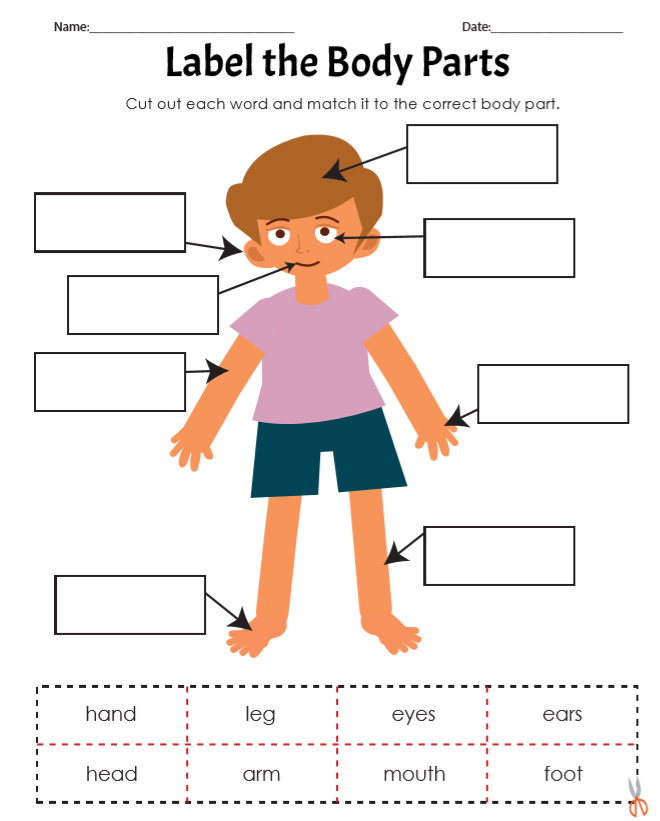
- The First Couple is facing toward the back of the hall and have their backs to the caller platform.
- The Second Couple is on their right, the Third position is opposite to the couple in the first position, and the Fourth on the First Couple’s left hand side.
- First and Third Couples are identified as the “Head Couples” (1 and 3) and the Second and Fourth are “Side Couples” (2 and 4).
- For every man’s position the Man’s “Corner” or “Corner Lady” is the woman on his left. The Lady’s “Corner” or “Corner Man” is the man on her right.
- The “Home” position is the traditionally established location on the squared set of eight persons that everyone ideally returns to at the end of any directed sequence that the dancers move through. Tell the dancers they are standing at the “Home” position, which is the starting and finishing position of all square dance figures at all levels of dance.
Basic Square Dance Terms:
Set – Four couples comprise a set.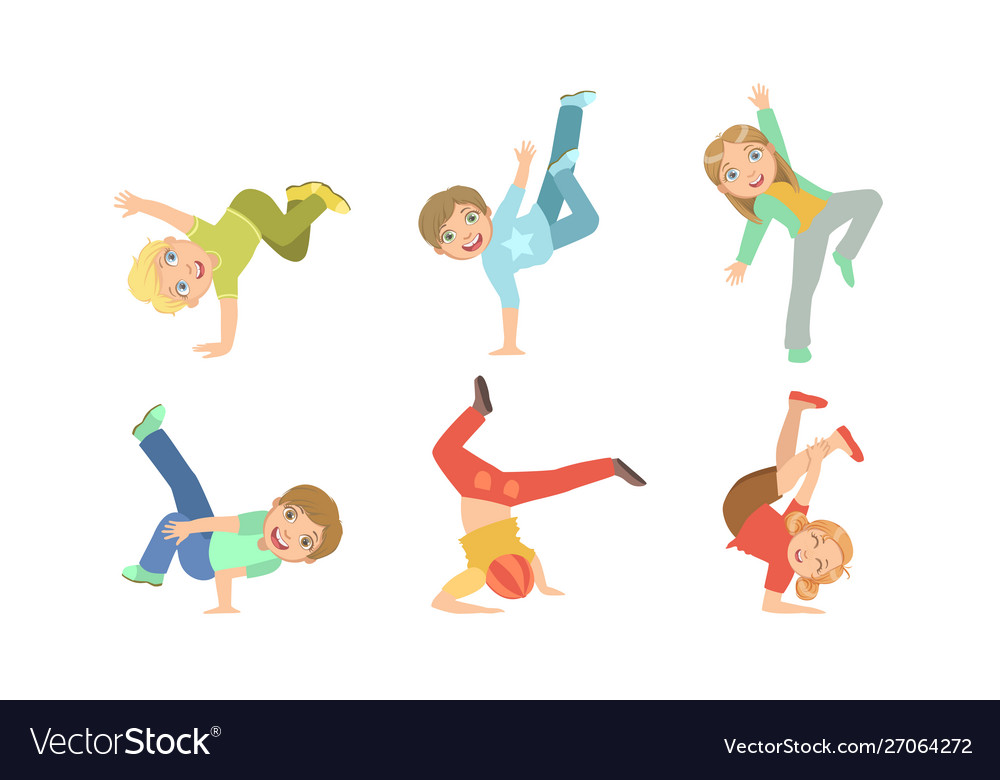 Each couple stands on the side of an imaginary square.
Each couple stands on the side of an imaginary square.
Couple – Two dancers side by side, each comprising half of a traditional pairing that historically has matched a man standing on the left side with a woman directly to the right. There are four couples in a Set.
Partner – In a square set, Partners stand side by side, the Ladies (Women or Girls) to the right of the Men (also called Gentlemen, Gents, or Boys)
Corner – The Gentlemen’s Left- hand Lady is the lady standing on his left, or his Corner Lady. The Corner Man is the Gentleman standing directly to the right of the lady. Both terms Corner and Left Hand Lady mean the same thing and these two gender based position identities are directed in the perspective of the Gentlemen in the square.
Opposite Lady (or Gent) – The lady or man standing directly opposite a dancer’s position, as in the case of Gentleman number one and Lady number three.
Home – The station at which all couples occupy at the beginning of a square dance set of calls..jpg)
Left Hand Couple – The couple in a set standing one station to the left of a designated couple in a squared set. For example, Couple 4 is the Left Hand couple in relation to Couple 1.
Right Hand Couple – This is a couple standing one position to the right of a designated couple in a set. For instance, Couple 2 is the Right Hand Couple to Couple 1.
Right Hand Lady (or Gent) – The lady or man that is occupying the position to the right in a squared set. For example, Lady 2 is the Right Hand Lady of Gentleman 1 in a Set.
Teaching Techniques
Worldwide, throughout the years of this activity’s progress, all modern western square dance callers have developed their own method of calling a complete dance. At the heart of this approach is the selection of choreographic ideas for both hoedown patter calls and singing call figures.
When teaching, all of the focus should be on the featured call that is being taught at that particular moment in the session, and not just repetition of the call should be instilled, but also the new dancers need exposure and clear explanations and familiarization of different basic dancing positions and variations of that call along with formation awareness.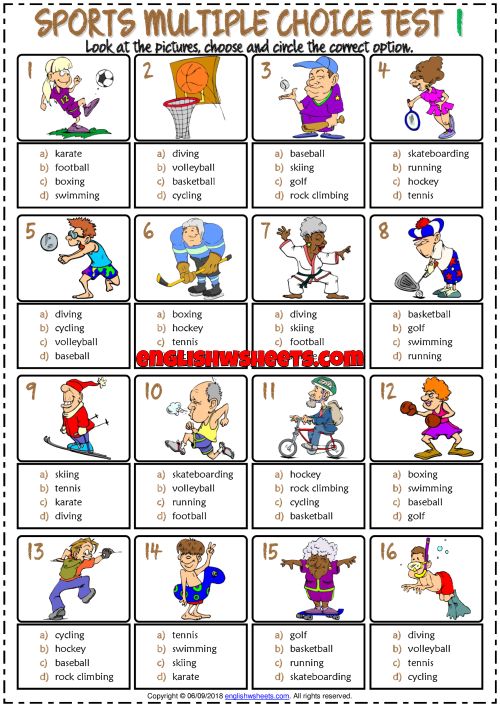
The primary mindset as a square dance caller is to direct every student dancer through various positions and combinations of choreographic calls smoothly, rhythmically, and in an energetic and entertaining manner. To accomplish this all callers, whether they call modern square dance or traditional square dance, need to provide to the dance floor succinct and concise explanations of how the mechanics of a new call should be delivered without complicated and confusing words.
The process is simply:
- Teach the starting position (and formation)
- Describe the action – what specifically happens as the call is executed
- Explain the change in relationship of positioning
- Tell the dancers what their specific individual instructions will be throughout the call
- Give the dancers a visual understanding of their ending position of the call
- Devise different variations that show the dancers other possibilities that the call offers
The ultimate goal for the caller to convey to the learning dancers is that they understand the basic movement of the call and to know that there are other choreographic possibilities for almost every call ever written.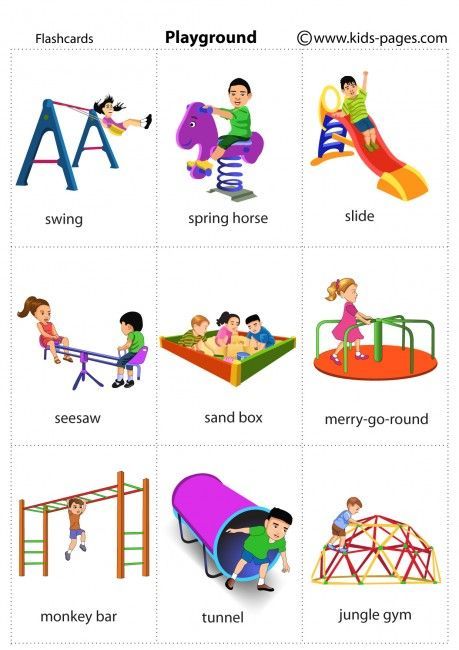 By learning the rule, rather than the most common traffic patterns that are called, all dancers will be much stronger and confident in their dancing and they will be able to apply this to many different positions.
By learning the rule, rather than the most common traffic patterns that are called, all dancers will be much stronger and confident in their dancing and they will be able to apply this to many different positions.
At the end of the teaching session for the new call, announce that if dancers have questions regarding the call to come seek you, their teacher, for more help. This allows any new and/or confused and struggling dancers another opportunity to get questions answered and for you to teach a different and more “hands-on” direct approach for the new dance move and how to dance it successfully.
Command Calls
The most basic square dance calling approach is to use the “command call.” This is when the caller simply gives the call, then waits for the proper number of beats of music until the next command is given to the dance floor. It is calling at it’s very simplest, stripped down and lacking any extra wording whatsoever. Command calls can accompany either hoedown music or the singing call portion of a square dance tip.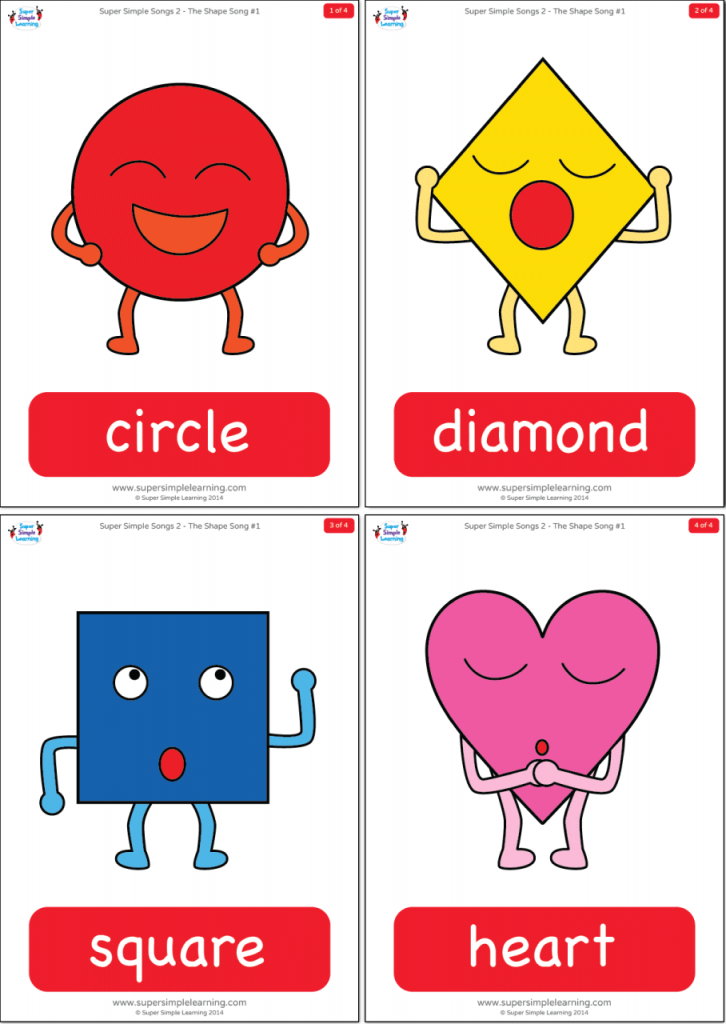 Tracking the number of beats is absolutely essential to the timing of this style of square dance calling where the rhythm is so prominent and drives the dancing.
Tracking the number of beats is absolutely essential to the timing of this style of square dance calling where the rhythm is so prominent and drives the dancing.
Command calling is most prevalent in the Advanced and Challenge levels of modern western square dancing where it is used to keep the calls simple and direct.
Patter Calls
Once dancers have a fundamental understanding of the new call, and they have been walked through the call enough times to feel physically and mentally relaxed with the new square dance call, square dance callers can make simple command calls more interesting by adding “patter.” The best way to describe patter calling is, along with the command the caller delivers, there will be added clever words to either provide more description of the mechanics of the call, or simply to dress up and help fill the silences that come between commands. This usually is rhythmic and directive at the same time. You can read more about how to approach directing dancers through creative sequences in this informative article:
Related: How to Formulate Square Dance Choreography
The best way to teach new dancers how to get through a combination of calls when they are confused as to where to move to on the dance floor is to advise them to watch other dancers within the square.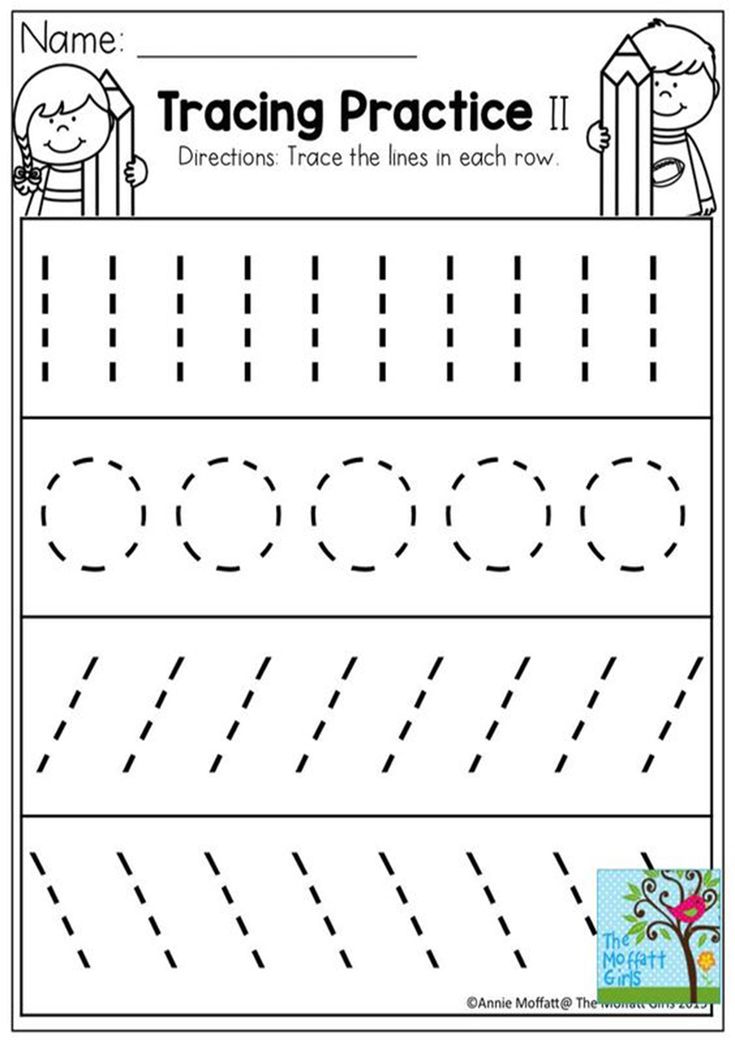 Advise them to combine this approach by staying in place, not panicking, and then wait for the next call. By teaching dancers this method of recovery, they will better be able to dance in harmony together and they will succeed in completing more involved square dance choreography.
Advise them to combine this approach by staying in place, not panicking, and then wait for the next call. By teaching dancers this method of recovery, they will better be able to dance in harmony together and they will succeed in completing more involved square dance choreography.
Rhythm
Of course, directing the dancers with well timed patter that works in rhythm with the music is a cornerstone of great square dance calling, and to not provide musical phrasing that is in synchronization with the beats (working in 4/4 time or 2-beat) will only alienate the dancers and you will not be guiding the dancers by the musical beat of the song. Work on using rhythmic and effective patter words in your practice sessions and everyone at all classes and regular dances will benefit from you doing so.
Spend some time and productive thought into preparing for teaching at classes, parties, or even local club dances. You can read more about the choreography process here:
Related: Rules for Writing Choreography for Square Dance Classes
Have a great teaching session!
If you need a square dance caller to teach for your gathering, please keep me in mind.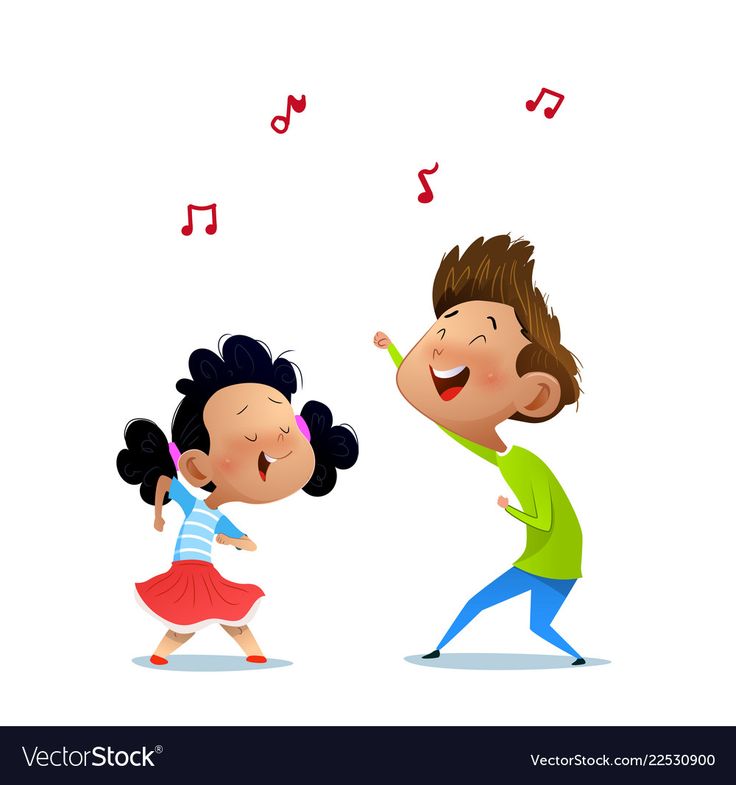 If you need help in improvement in your square dance calling, please contact me. I will make your group’s event plans fun with an entertaining square dance party!
If you need help in improvement in your square dance calling, please contact me. I will make your group’s event plans fun with an entertaining square dance party!
Thanks,
Shaun Werkele
303-250-4735
I will be offering a short and condensed beginning caller class on May 21, 2017 for a special three hour session focusing on customizing your calling style, singing call performance tips, and a one hour choreography session. See the ad flyer below. Please call for more details.
Mission Statement: The purpose of this post is to create a greater visibility of the square dance activity for future dance population growth on a national and local level. The coaching information provided here serves as a source for square dance caller education training and perspectives on dance. Future articles will be developed to improve the programs of square dancing and how those learning to square dance call can help contribute to the preservation of both modern western square dancing and traditional square dancing and to aid in the growth of the square dance activity.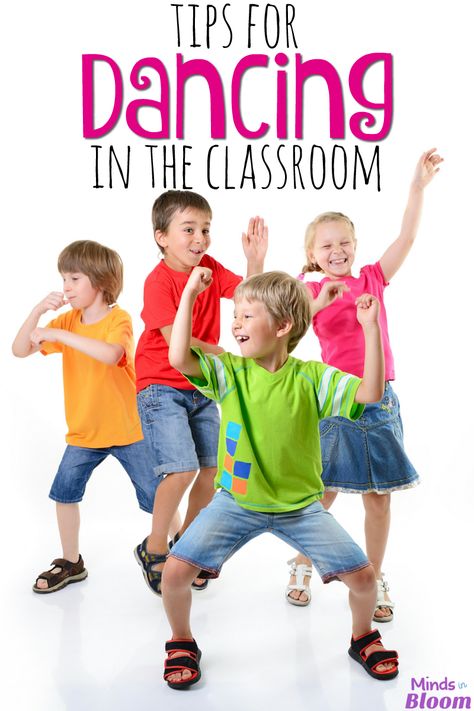
Like this:
Like Loading...
Circular quadrille
Pair dance for children 8-9 years old.
Dance is included in the Rhythm Program for the 2nd grades of St. Petersburg secondary schools.
Music:
Time signature 2/4.
Basic dance elements:
- Dance step
- Side steps
- Crossed steps
- Heel steps
- Exposing the foot to the side on the heel, or step-heel to the side
- "Do-for-do" (dos-à-dos - back to back)
- Stepping over
- Step-point (step-tap, or step-strike)
BRIEF DESCRIPTION OF THE DANCE
Dance recording - Kondratenko G.M. ("Dances and games for children of 6 years of age". Methodological development. Compiled by Kondratenko G.M. St. Petersburg, NOU "Institute for the Development of Education "Change", 2007.)
Dance editing - according to GMO seminars for ballroom dance and rhythm teachers at SPb GDTYu
Dance composition takes 16 measures of musical accompaniment
Starting position:
The dancers stand in pairs in a circle, facing each other: the boy is facing along the line of dance, the girl is standing with her back along the line of dance.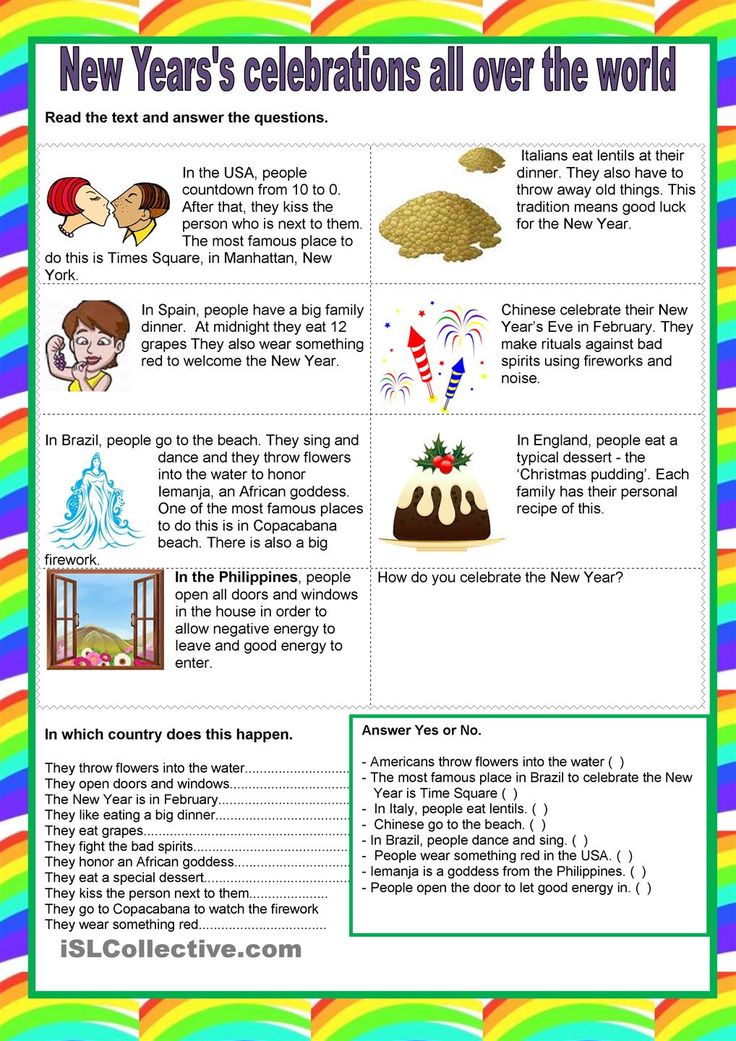
Feet in 1 (natural) position.
Hands raised to 2nd position, hands joined - "by fingers".
1 figure - Side steps to the center and from the center - 8 measures.
1-2 cycles. Count 1-2-3-4
The dancers perform side steps towards the center in pairs.
The boy starts with his left foot. The girl starts on the right foot.
1- Step from the toe to the side, towards the center (boy - left foot to the left, girl - right foot to the right).
2-Step back/cross - place the free leg back, about 3 pos. (boy - right leg, girl - left) and squat slightly on two legs.
3- One more step from the toe to the side, to the center (boy - left foot to the left, girl - right foot to the right).
4- Move the free leg to the side on the heel (the boy puts the right foot on the heel, the girl - the left). Don't lean on the outstretched leg. The supporting leg is slightly softened. The head turns towards the exposed leg (for the boy - to the right, for the girl - to the left).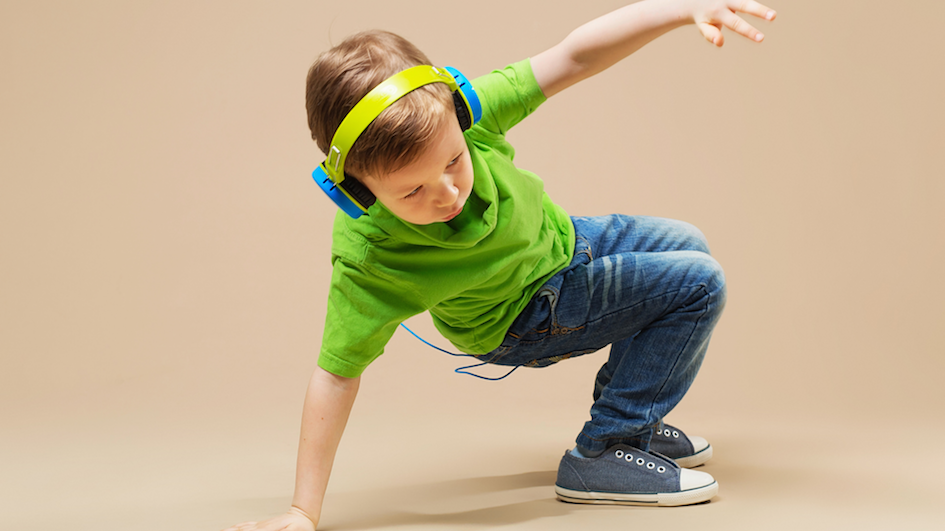 The movement is accompanied by a slight natural inclination of the body in the same direction.
The movement is accompanied by a slight natural inclination of the body in the same direction.
3-4 cycles. Count 5-6-7-8
Dancers in a pair repeat the movements of 1-2 measures, moving now from the center. The boy starts on the left foot, the girl on the right foot. Before the first step to the side, you need to remove the foot from the heel, pull the toe and take a step to the side from the toe.
5-8 strokes. Count 1-2-3-4, 5-6-7-8
Repeat movements 1-4 measures.
2 figure - "C-for-do" - 4 measures.
9-12 bars. Account 1-2-3-4-5-6-7-8
Partners separate their arms and lower them down along the body, the hands are raised.
Count 1-2-3-4-5-6-7- In 7 steps, the partners go around each other's backs, moving clockwise, and return to their places. The boy starts on the left foot, the girl on the right foot. Moving forward, partners meet with their right shoulders, moving backward - with their left.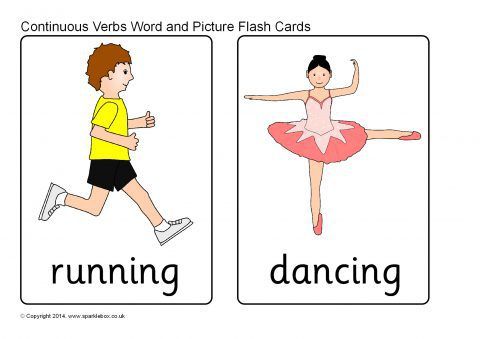 On the steps "to-for-do" the boy's hands move forward / backward along the body. The girl with each step makes a slight movement of her shoulders up / down.
On the steps "to-for-do" the boy's hands move forward / backward along the body. The girl with each step makes a slight movement of her shoulders up / down.
On a count of 8, place your free leg next to your skating leg. The boy puts his right leg without weight to his left leg. The girl puts her left foot to her right and transfers her weight to her left foot. (Both partners have their right leg free.)
3 figure - "Window" - 2 cycles.
13-14 bars.
Both dancers start with the right foot.
OPTION-1. Count 1-I-2, 3-I-4
1- Partners take a small step forward with their right foot (towards each other). The knee of the right leg softens. At the same time, they give each other their right hands and raise them in 3 poses. - "window". The left arms are lowered down, the hands are raised.
I-2- Partners step over in place (left foot, right foot), slightly tilting their heads to the left and looking at each other through the "window" from under the joined hands.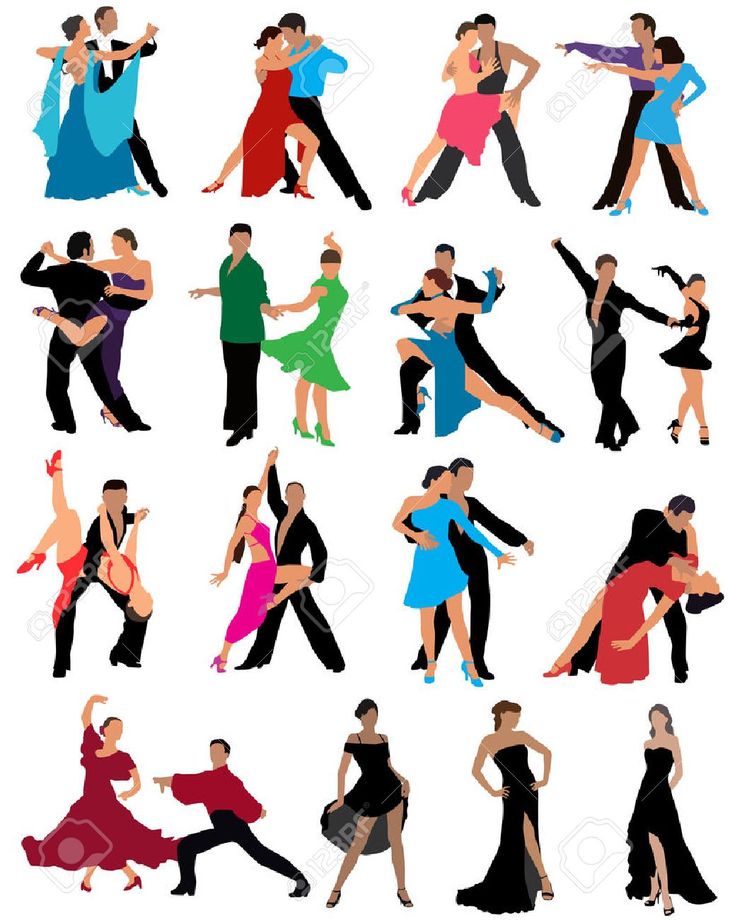 Stepping is performed from the pad to the entire foot and is accompanied by springy movements in the knees up / down.
Stepping is performed from the pad to the entire foot and is accompanied by springy movements in the knees up / down.
3- Both partners take a small step back with their left foot (away from each other). The knee of the left leg softens. The connected right hands go down to level 1 pos.
I-4- Dancers perform a springy stepover in place (right foot, left foot).
OPTION-2. Count 1-2-3-4
Instead of stepping over, you can perform a tap with the free leg (soft ball kick) next to the supporting leg:
1-2- Small step with the right foot forward and warm with the left foot next to the right foot.
3-4- Take a small step back with the left foot and tap with the right foot next to the left foot.
On a step forward, partners may not join hands in 3 poses, but move their right hands to each other from top to bottom, connecting the hands with a handshake ("hello"). On a step back, the hands are separated.
4 figure - Transition to a new partner - 2 measures.

15-16 cycles. Score 5-6-7-8
Both the boy and the girl start with the right foot.
Count 5-6- Two steps forward with the right foot, passing each other and meeting with the right shoulders: the boy moves forward along the line of dance in the inner circle, the girl moves forward against the line of dance in the outer circle. The dancers move on to new partners. On the steps, the boy's hands move forward / backward along the body. The girl with each step makes a slight movement of her shoulders up / down.
Count 7-8- Take a step with the right foot to the side (in front of the new partner) and bring the left foot to the right in 1 pos. The boy puts his left foot to his right foot without weight. The girl, putting her left foot to her right, transfers the weight of the body to her. (The boy's left leg is free, the girl's right.) At the same time, the dancers join their hands in the starting position with a new partner.
The dance composition is repeated with a new partner.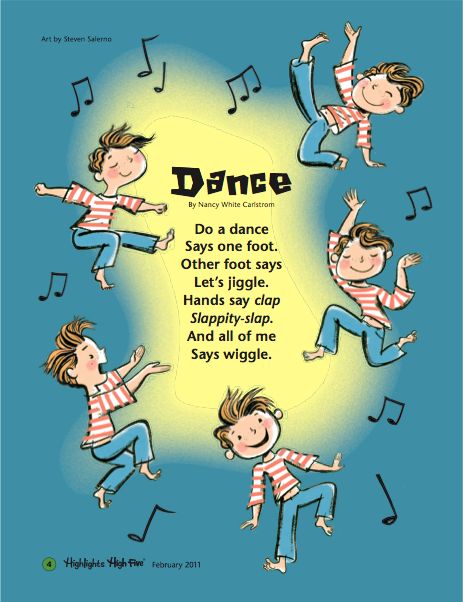
Literature
- " Dances and games for children 6 years of age ". Methodological development. Compiled by Kondratenko G.M. St. Petersburg, NOU "Institute for the Development of Education" Change ", 2007
- Educational and methodological recommendations for organizing work with the whole class in elementary school on rhythm, rhythmoplasty and ballroom dancing . Shutikov Yu.N. St. Petersburg, 2006
- " Folk dances ". Series "Everybody dance". Author-compiler O.V. Ivannikov. Moscow - ed. AST, Donetsk - ed. STALKER, 2007
- " Rhythm at school, the third lesson of physical culture ". Teaching aid. Zh.E. Firileva, A.I. Ryabchikov, O.V. Zagryadskaya. Publishing House Phoenix, Rostov-on-Don, 2014
Poems for children about the dance "Circular quadrille "
For Russian quadrille, old
Only four pairs are needed.
And in the ROUND QUADRILL
Everyone will dance with you!
Video for the dance "Circular Quadrille"
Figures of the dance demonstrate KONDRATENKO G. M. - Head of the GMO of ballroom dance teachers at St. Petersburg State Children's and Youth Theater and ZOLOTOVKHAYA T.V. - Lecturer in the choreography department of the Leningrad Regional College of Culture and Art. The recordings were made at seminars for ballroom dance teachers.
M. - Head of the GMO of ballroom dance teachers at St. Petersburg State Children's and Youth Theater and ZOLOTOVKHAYA T.V. - Lecturer in the choreography department of the Leningrad Regional College of Culture and Art. The recordings were made at seminars for ballroom dance teachers.
The full composition of the dance is presented on video recordings made at the GMO seminar for ballroom dance teachers at St. A.I. Herzen in ballroom dancing among students and youth and at the City competition of dance groups under the program "Rhythmika".
90,000 Kadril Dance - Choreographic ensemble Inspiration
Folk dances are known for their diversity, originality and rhythm of melodies, and the same number. Very popular all over the world enjoys quadrille dance , literal translation from French and Spanish "group of 4 people".
In this article, we will consider how this dance originated, what movements make it up and how children are taught to dance.
Historical formation
The ballroom pair dance direction in the 18th century was supplemented by folk dance quadrille , which originated in France.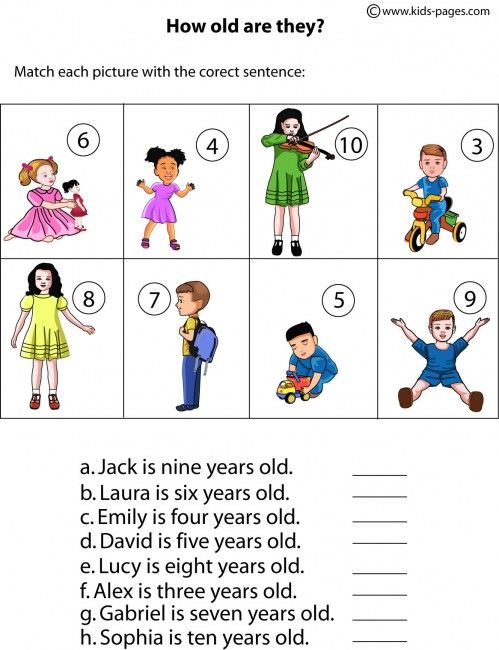 Historical formation continued in 19century in Europe and Russia. The progenitor of this dance genre is country dance.
Historical formation continued in 19century in Europe and Russia. The progenitor of this dance genre is country dance.
Time signatures are subdivided:
- two by four;
- moving dimensions three by eight;
- quadrille;
- lanz;
- six by eight.
The rooms are lively and lively. Having been transformed into the Russian square dance during the reign of Peter I, the new dances developed as a ballroom art in noble circles, and then spread among the non-noble classes.
The intricate dance figures were handed down from servants to peasants and became popular at trade fairs. Gradually there was a modification, additional elements were introduced. In the melodies and manner of performance, they acquired national colorful moments.
Attending the performance square dance to watch its quite interesting, as well as participating in its performance.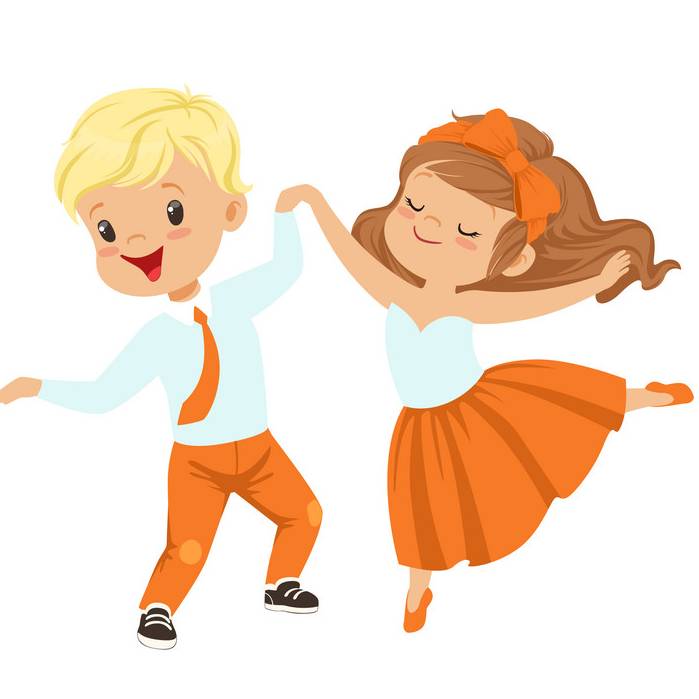 From two or eight pairs are located at the corners of the room, creating a rectangle. Taking positions opposite each other.
From two or eight pairs are located at the corners of the room, creating a rectangle. Taking positions opposite each other.
The classic performance style includes five main figures: pants, summer, chicken, pastoral, finale. Russian folk dance quadrille includes certain style movements:
- Square - corner performance.
- Linear - consists of two rows.
- Circular.
There are also changes in the presented dance figures, the total number of forms varies from three to fourteen options. It can be a moment of acquaintances, cockfights, communication with girls. As well as everyday features of the region where the quadrille is performed. Well, where without dancing and dancing, the original Slavic genre of performance.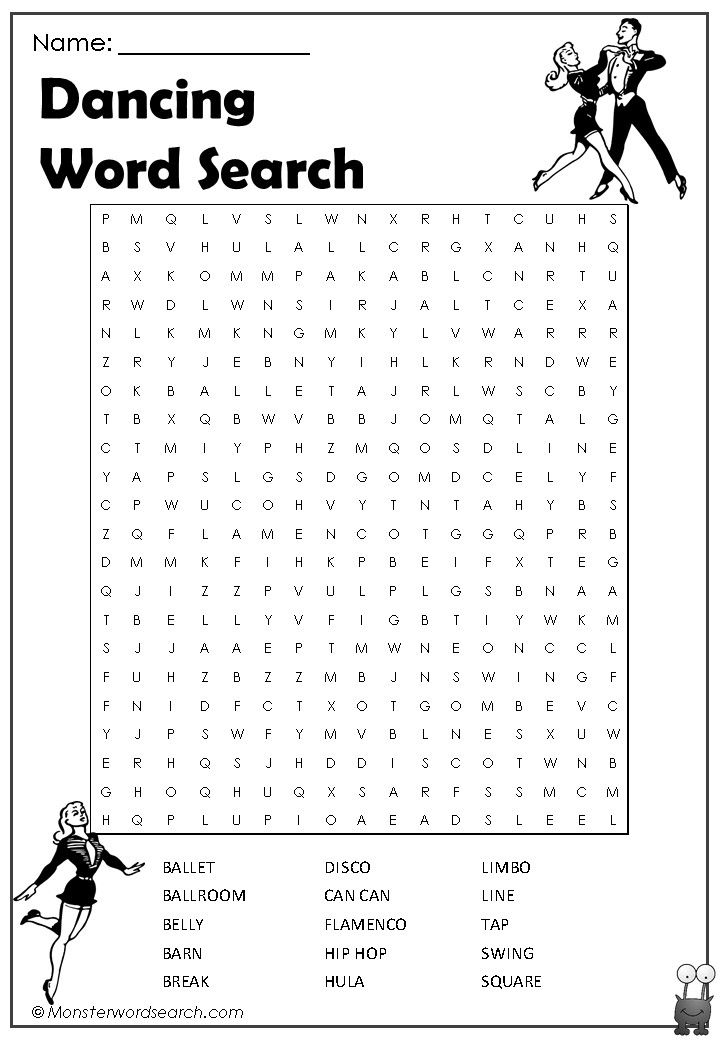 The finale is presented in whirling couples and a bow to the audience, while all this is accompanied by stomps and claps.
The finale is presented in whirling couples and a bow to the audience, while all this is accompanied by stomps and claps.
Learning in kindergarten Combines their name and elements of stomping and slapping during the performance period. Children enthusiastically approach the study of interesting, exciting and fun dance in kindergarten.
Helps to learn and consolidate square dance dance video , where each movement is presented in detail. It remains only to carefully watch, listen to the recommendations of the educator and repeat the necessary position. In case of difficulties, misunderstandings or delays in movement, there is always the opportunity to scroll to the desired fragment and re-read it.
Young dance group is actively learning rhythmic dance, striving to perform everything at a high level. And parents at this time think over costumes and decoration. A common cause unites and unites the team. The result of such work is success during the presentation.
quadrille dance for children includes : "baskets", "stars", "circles", "sun" and many other understandable and positive movements. Russian square dance is popular in almost all regions of the country and among generations of all ages. As they say, from small to large.
They are preparing for the performance a square dance in the garden , both the younger group, and the middle, and the older. With age, movements become more complex, brighter and more diverse.
